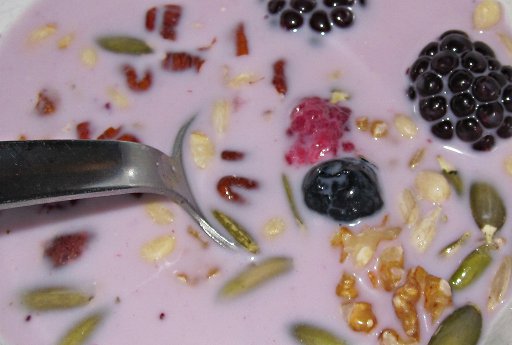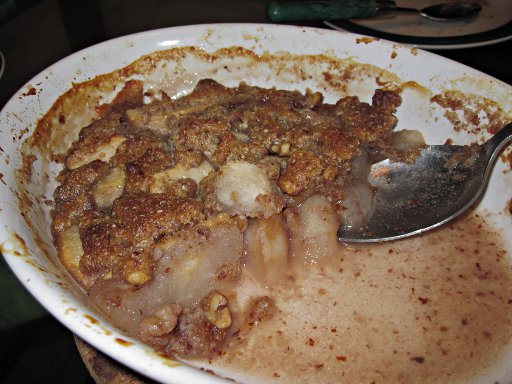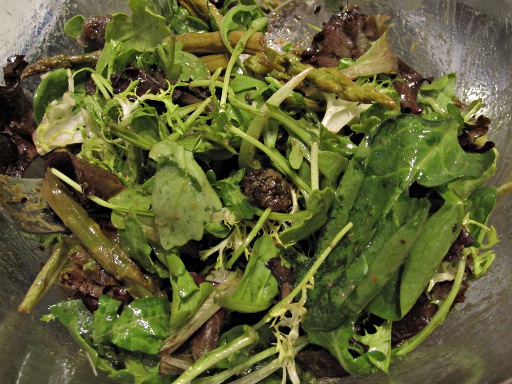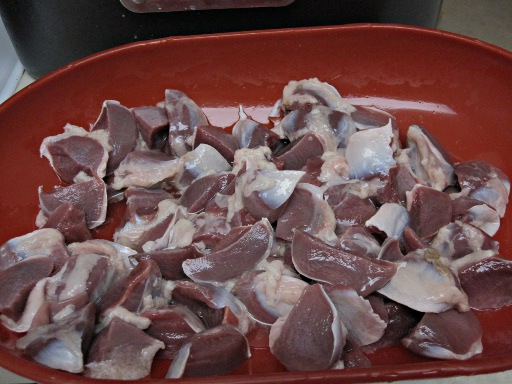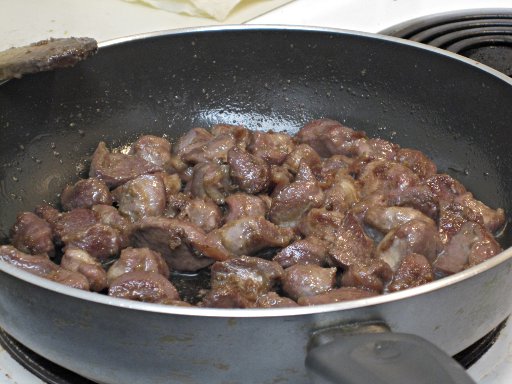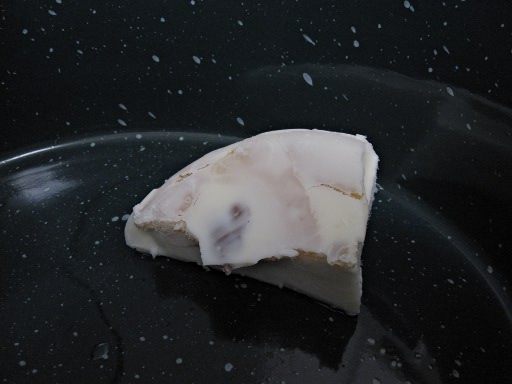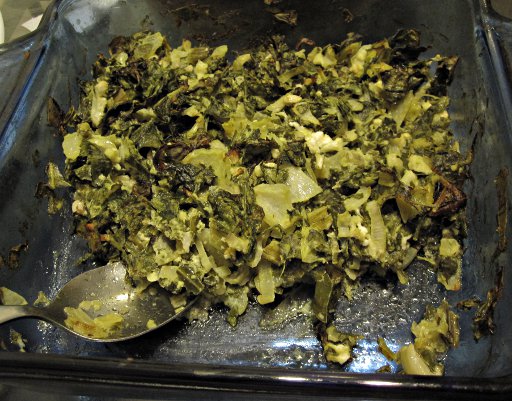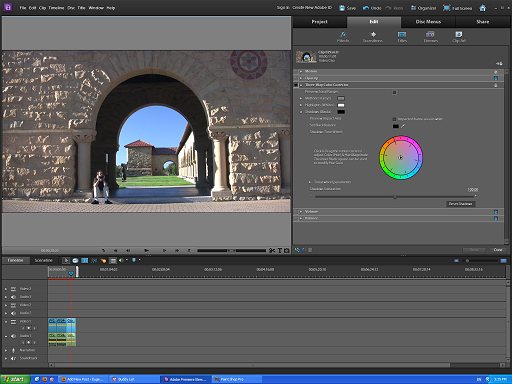Article is updated below.
The vast majority of the reasons people go to the doctors are preventable. 25% of Westerners for example, have gut issues. Possibly another 50% is about conditions ranging from depression (1 in 10 Americans take dangerous drugs for it), to painful period, to acne, to asthma, to cancer. In my (non-scientific) estimation, 75% of all conditions that drive people to visit doctors can be prevented if these people were to go Paleo/Primal, and most importantly, if they were grown up with such a diet (most current adult patients can only be made asymptomatic on such a diet, but they can’t fully heal, while kids can). Think how much cheaper a free healthcare government program then it would be. Republicans wouldn’t even make such a fuss about it.
This is how my worldview changed in this past month, after my switch to Paleo:

Of course, having everyone feasting on game, pastured meat, organic & local veggies/fruits, and completely ditching grains & beans is not sustainable for 7 billion people. But this does not negate the above reasoning, it just says that we need to limit our numbers on this planet, so we can live healthy lives. Quality, not quantity.
More information on the leaky gut, that you most probably have without knowing it, here.
UPDATE: How to reset your leptin resistance (a master hormone that also regulates cortisol & insulin), and gain your health back (based on Dr Jack Kruse‘s protocol). It is what I follow myself. On this regimen, if you’re overweight you’ll lose weight, if you’re underweight you’ll gain weight:
Rule 1: Never miss breakfast, eat protein with some fat. Avoid carbs if you can.
Rule 2: No snacking at all, but especially after dinner. Timing is important. Eat breakfast between 6-8 AM, lunch between 12-2 PM, and dinner between 6-8 PM. If your day falls differently, then adjust. Meals need to be spread out to give the liver time to use gluconeogenesis again.
Rule 3: Follow the Paleolithic diet explained below, for life. Learn to eat all kinds of veggies (including rare ones), and get used to eating offal & bone broths.
Rule 4: Supplement with a good multi-vitamin. The most important vitamins are D3 (the recommended value is apparently too low at 400IU, especially if you’re not going out in the sun much), K2 MK-4, Magnesium, and DHA/EPA. Eat fermented foods, or get a multi-probiotic, especially if you have gut issues.
Rule 5: Walk. Lift some weights occasionally. No need for heavy exercise.
Bonus: Meditation, especially for those with cortisol problems.
Update 2: The Paelo/Primal/SCD diet food list. Do not count calories, do not eat processed foods, read labels! And remember, Paleo is a diet to get your health back, weight loss is just a natural outcome of it only IF you’re overweight. Disclaimer: These statements haven’t been verified by the FDA, and I’m not a doctor.
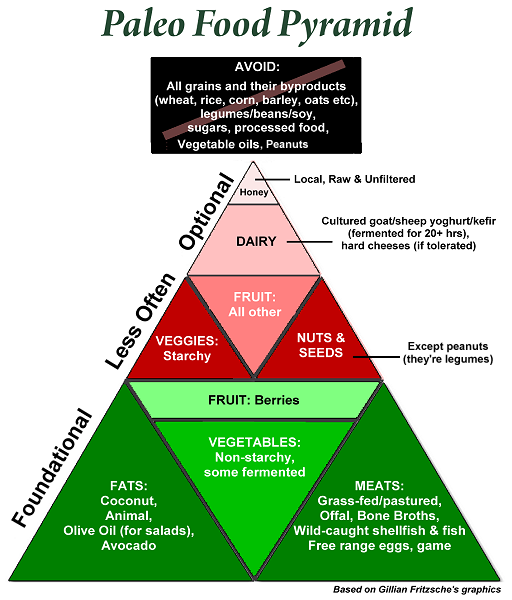
– Drink enough no-fluoride water (bottled, if you have to). Between 2 and 3 liters a day, depending on sex, age and activity. Water is good for you.
– Eat ALL kinds of edible vegetation, from green leaves to roots, herbs, spices, tubers, mushrooms, squashes etc. Starchy tubers (e.g. sweet potatoes) must be eaten in moderation or after workouts. Eat a lot of fermented vegetables too (e.g. unpasteurized sauerkraut, kimchi).
– Meat, wild fish, pastured eggs, pastured poultry, shellfish (especially oysters), game. Have offal (especially liver) once a week. Have home-made bone marrow broth daily (reheated in a cup, or used in foods). Try to achieve a 2:1 ratio of omega-6 to omega-3 by purchasing pastured meat and wild-caught fish. Give priority to fish/shellfish over meat.
– All fruits, in some loose moderation. Berries, avocados, olives are the most-suggested fruits, the rest of fruits must be thought of only as a “dessert”. Sodas and fruit juices are not allowed, but you could make your own fruit smoothies. Smoothies must include all of the fruit’s pulp, not just its sugary juice.
– IF you can tolerate dairy, you can have goat, sheep, or buffalo cheese and home-made, probiotic, lactose-free, goat or sheep, full-fat kefir/yoghurt (fermented for 24 hours). Unless you can perfectly tolerate it, avoid cow dairy (its casein is problematic), except for grass-fed butter/ghee, and possibly sour cream. Unless you can trust your local raw goat milk, avoid plain animal milk altogether (coconut and almond milk are ok, but soy milk is NOT ok). Note: home-made goat kefir is a super-food, one of the most potent ones! Dairy is not the enemy (under specific conditions).
– Good fats: Coconut oil, extra virgin olive oil, grass-fed butter, avocado oil, ghee, tallow, lard, duck fat. Trans-fats, hydrogenated vegetable seed oils, margarine aren’t allowed (major cause for inflammation). Mostly use coconut oil when cooking under normal heat, butter or animal fats in low heat, avocado oil in high heat cooking, and use olive oil raw in salads.
– Nuts, except peanuts. Peanuts are NOT nuts, they’re dried beans, and they’re toxic! All the rest of the nuts are allowed, unsalted and preferably raw or soaked — in moderation (they contain lots of phytates and PUFA, so take it easy). Especially take it easy with nut butter and nut flours! Almond or coconut-based baking goods should be rare.
– Seeds (in moderation). Squash/pumpkin, pine, and dried watermelon seeds are very nutritious. Quinoa & amaranth seeds are grain-like, and so they aren’t allowed too often (they contain saponins), but their green leaves are good to eat. Especially go for whole ground flax meal and chia seeds for your crackers or smoothies.
– A bit of honey. It must be local, raw & unfiltered, otherwise don’t even bother. You can also use pure maple syrup, but only in small quantities. All other sweeteners, including sugar, stevia, agave, and all artificial ones are NOT allowed.
– 82% to 99% cocoa dark chocolate, in moderation. Don’t worry, after 4-5 weeks on this diet, you’ll be eating such a bitter chocolate without a problem. Your taste buds will regrow!
– Avoid caffeine & alcohol (especially beer, it’s loaded with gluten). Wine and Cider are ok, but use rarely. Go for chamomile and herbal Greek Mountain Tea (sideritis) if you can, best for health. Non-herbal tea can’t beat sideritis in health effects, plus, it’s loaded with fluoride.
– Use good quality sea salt. Eat sea veggies once or twice a week too (different varieties), in order to get even more iodine.
– Modern veggies/fruits are aggressively selected, and the earth has lost minerals after thousands of years of agriculture, so they’re often poor nutritionally. Consider supplementing with Magnesium at night (most people are deficient), D3 in the morning (if you’re not getting enough sun). Also, K2 Mk4 (not plain K or MK-7), and Krill or Fish Oil (or, you can get the “Fermented Cod Liver Oil & Butter Oil” from Green Pastures, which contains both nutrients in a single pill). Especially if you’re diseased, or feeling very fatigued, you might need to supplement with CoQ10 Ubiquinol (not Ubiquinone). Don’t take any of these more than 2-3 times a week. If you’re following the Paleo-ketogenic version of the diet, also consider eating beet-greens occasionally, and sea-veggies more often than usual.
– The foods that are NOT ALLOWED are: white potatoes (at least not with skin on), ALL wheat/grains/corn/rice, ALL beans/soy (except wheat-free soy sauce called “tamari”, which is acceptable), and all of their by-products (always read labels of products you buy). Avoid all processed “gluten-free” baked goods and products too. Regarding flours, you can use almond and coconut flour rarely, tapioca as a thickener, but even these must be used rarely, or in small quantities. Eating 2 cups of almond flour in a pizza dough becomes unhealthy pretty fast too. But mainly, avoid glutenous grains at all costs (wheat, barely, rye, oats*). Finally, limit your sugar/starch intake, and avoid vegetable seed oils/margarine.
Special Notes:
1. Here are the top-10 Paleo super-foods, make sure you read this list!
2. The Paleo-ketogenic diet is the same as Paleo, but in it you can’t consume more than 50 gr of net carbs per day (you can use cronomenter.com to count your daily *net* carbs). Paleo-keto can fight some types of tumors and mental illnesses, that plain Paleo can’t do so as effectively.
3. Give it at least a month to see your overall health turning around for the better. However, for some, it might temporarily get worse before it gets better (e.g. for some with constipation). Hang on in there! For more serious medical conditions it can take up to 3-6 months before you see some positive results.
4. Don’t get fooled by Paleo pictures online showing off some huge portions of beef steaks. According to the Paleo gurus, by weight, 2/3s of your meals should be vegetables, not meats! Also, at least 40%-50% of your diet should be from raw foods, but increase your raw consumption to that percentage only after a few months on the diet. There’s a gluten-free raw vegan book that its vegetable recipes can easily be adjusted for Paleo. Another must-have book is “Nurishing Traditions“, which has unique information on traditional cooking, fermentation, preparation of organ meats etc. No need to buy Paleo cookbooks in particular, the Chowstalker web site has thousands of free Paleo-friendly recipes. Here are my collection of Pinterest Paleo recipes too.
5. Green beans & peas/pods are ok to eat. It’s dried beans and soy that are not allowed. You could try and eat lentils after you’ve completely healed, but only sparingly, and only after you’ve soaked them in water for 24 hours (changing water 2-3 times). This technique can get rid off most of the dangerous lectins found on lentils.
